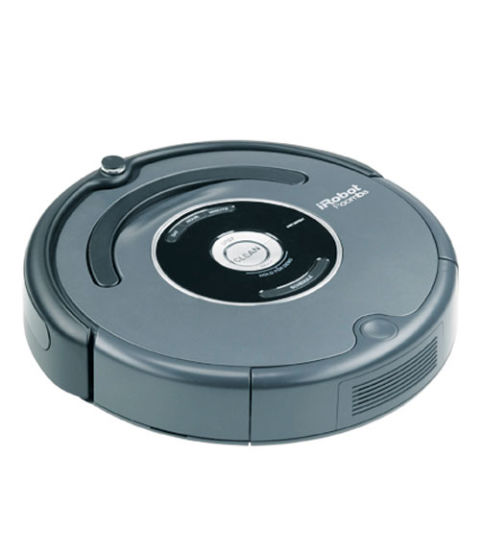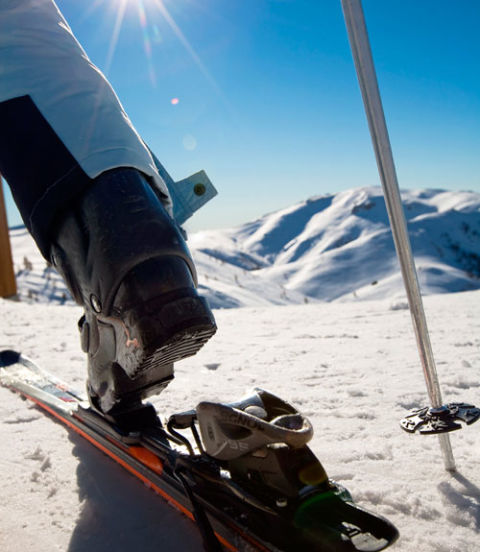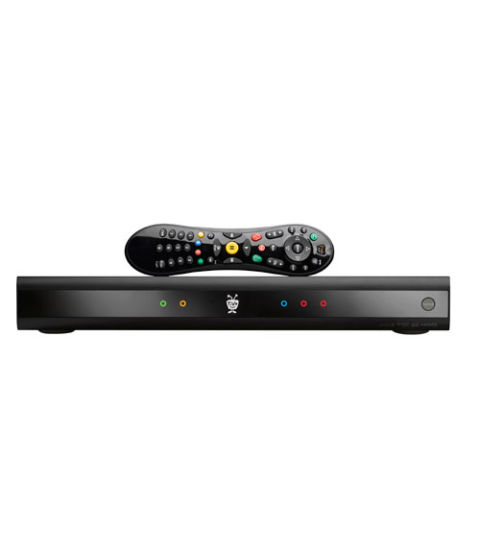100. Fiberglass Fishing Rod

When hostilities in Asia curtailed bamboo imports, rod producers like Shakespeare, Phillipson, and Montague needed a new material to keep anglers equipped with low-cost, quality tackle in the '50s and '60s. Fiberglass fit the bill.
99. Stapler

No office supply has enjoyed a star turn quite like that of the stapler, which had its breakthrough role in the comedy Office Space. Much of the movie's plot revolved around Milton Waddams's beloved red Swingline, but it was only in 2002, three years after the film's release--and in response to demand from fans--that Swingline went to market with a red stapler.
98. Roomba
Before it unveiled the Roomba Floorvac for the home market in 2002, iRobot built land-mine-clearing robots, which used the so-called crop circle algorithm. This very same technology was adapted to make the Roomba circle and sweep autonomously. Within a year of its launch, iRobot's Roomba Floorvac was the top gift request on American wedding registries, and sales of the revolutionary vacuum cleaner surpassed the combined total number of all
97. Aerosol Spray Can
In 1941, the USDA's Lyle Goodhue and William Sullivan used the newly discovered refrigerant, Freon, to enable the deployment of a lethal (to critters, anyway) mist by American troops fighting on insect-infested fronts. The "bug bomb" cocktail, held in a 16-ounce steel canister, consisted of Freon-12, sesame oil and pyrethrum (the last is a natural insecticide derived from chrysanthemum blooms).
96. Quick-Release Ski Binding
Prior to the introduction of this gadget, the ski hill could be an unforgiving place. Strapped to two planks, the skier was always one tough tumble away from catastrophic injury. It was one such break--a severe spinal fracture--that motivated Norweigan-American skiing champion Hjalmar Hvam to conceive the first safety binding in 1937. "When I came out of the ether I called the nurse for a pencil and paper," he once wrote. "I had awakened with the complete
95. Super Soaker
Originally dubbed the Power Drencher when it debuted in 1989, the Super
Soaker was the brainchild of NASA engineer Lonnie Johnson. The idea for
the world's greatest squirt gun grew out of Johnson's lab work on a heat
pump. He told the AP in 1992, "I was watching the
94. Blender
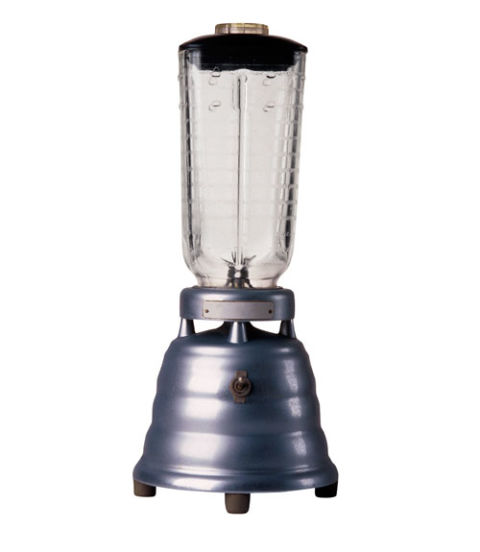
Stephen Poplawski invented the blender in 1922, but his name is not the
one most often associated with the gadget. That honor belongs to Fred
Waring--an orchestra leader in Pennsylvania who, in 1936, offered
financial backing to a tinkerer named Frederick Osius who was developing
a similar invention. One reason for Waring's interest: He could use
Osius's widget to puree raw vegetables for the ulcer diet his doctors
prescribed. The Waring Blender debuted
93. Bra
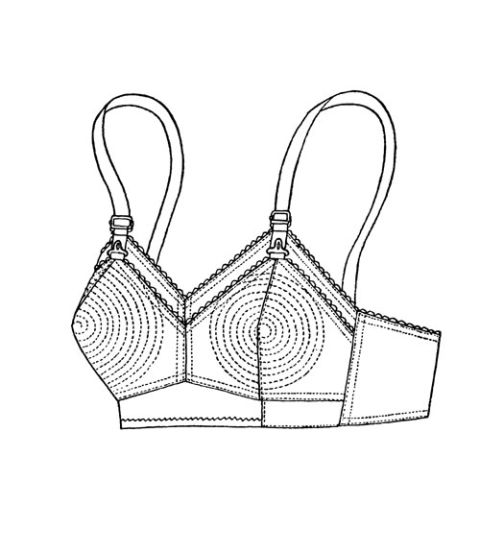
As a publishing luminary of the
expatriate bohemian scene in late-'20s Paris, Caresse Crosby helped
launch the careers of D.H. Lawrence, Ernest Hemingway and James Joyce.
Years earlier, as a 19-year-old Manhattan socialite, she laid the
groundwork for a fashion revolution when she and the family maid used
two silk handkerchiefs, pink ribbon, and a cord to produce a forerunner
to the modern bra. She patented her "backless brassiere" in 1914 and
then sold the patent to the Warner Bros. Corset Co. the following year
for $1500. Writing later in life, she said: "I can't say the brassiere
will ever take as great a place in history as the steamboat, but I did
invent it."
92. Picinic Cooler
As the American populace went forth after World War II into the woods to
camp, onto the lakes to fish, and into the parking lots to tailgate, it
required a gadget capable of keeping beer cool and food from spoiling.
The portable cooler, patented in 1953 by Richard Laramy and popularized
by the Coleman Company, was that obvious, but essential device.
91. Digital Video Recorder
When ownership of this gadget crept past 1 million in 2002, TV and
advertising execs worried aloud that DVRs, by enabling viewers to skip
commercials, were surefire TV killers. "There's no Santa Claus," one CEO
said. "If you don't watch the commercials, someone's going to have to
pay for television and it's going to be you." Fast forward to today: 40
percent of households have a DVR; whether out of habit or laziness
almost 50 percent of








